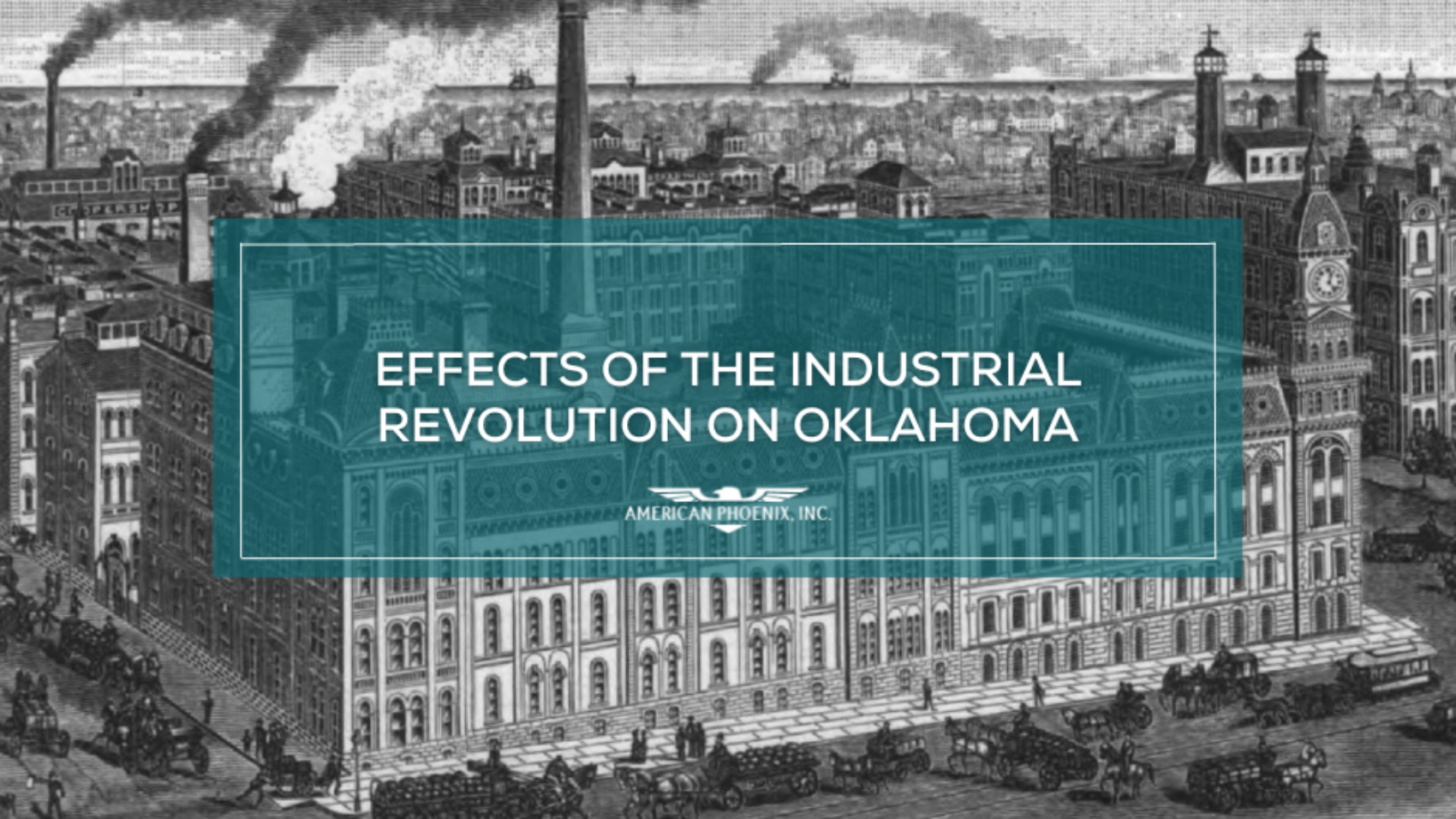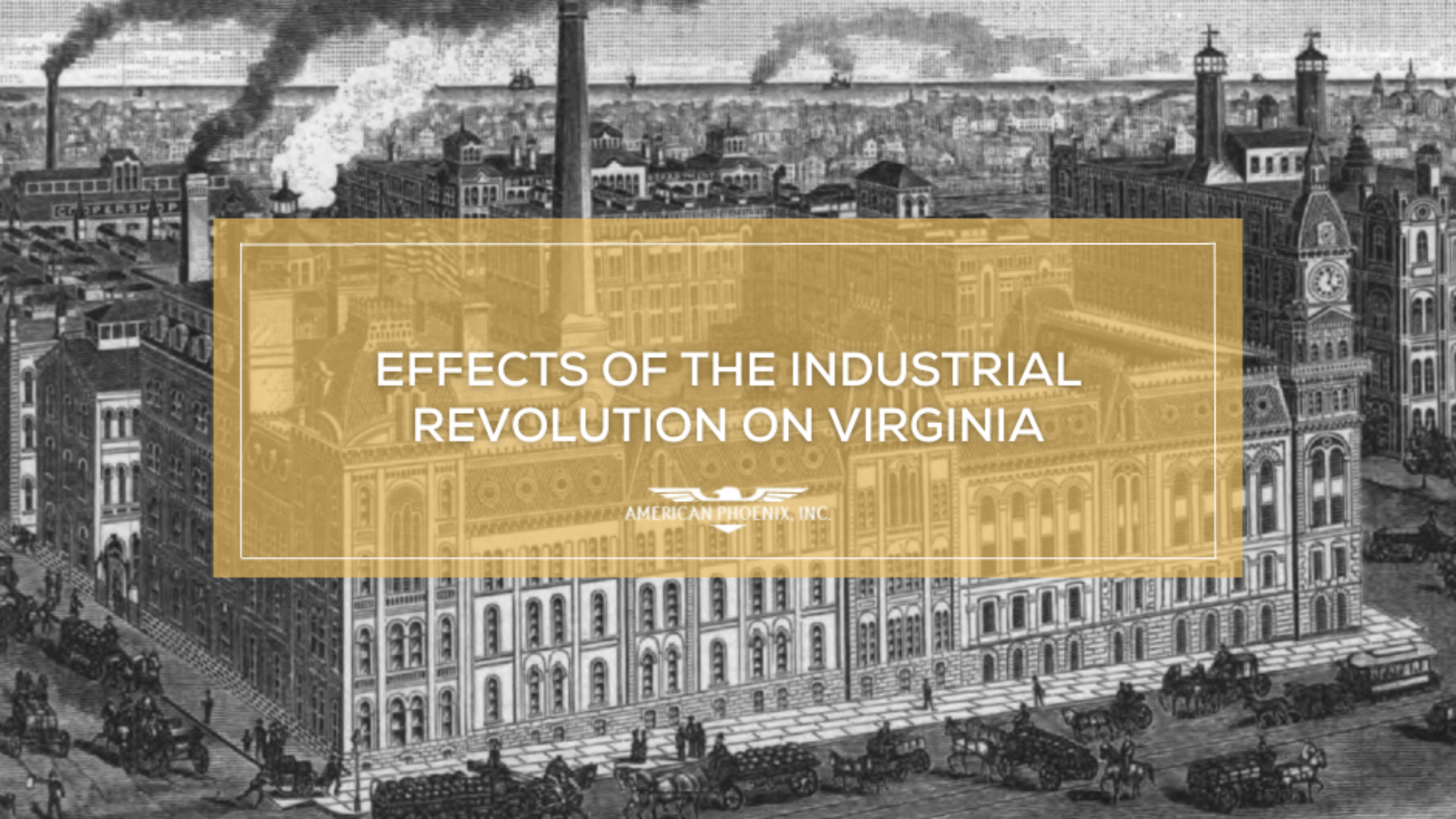One of our six API facilities is located in Oklahoma – a state that experienced rapid industrial growth shortly after officially becoming a state in 1907. From brick manufacturing and steel production to glass manufacturing and automobile assembly, each industry played a role in shaping the state’s economy, infrastructure, and technological advancements during this transformative era.
The early 20th century marked a period of significant industrial advancements in Oklahoma. The state witnessed a wave of economic growth and technological progress during this time, propelling it to the forefront of industrialization. It turned it into a hotbed of innovation and opportunity.
Oil Boom
One of Oklahoma’s most significant industrial advancements was discovering and utilizing vast oil reserves. In the early 20th century, the state witnessed an oil boom that transformed its economy and brought unprecedented growth. Oil production created immense wealth and attracted other businesses and industries to the region, stimulating job opportunities and driving economic expansion.
Brickmaking
Similarly, the demand for bricks soared during the turn of the century, and Oklahoma’s abundant natural resources, particularly clay, and shale, made it an ideal location for brick manufacturing. Dozens of brick plants were established across the state around this time to help meet the rapid growth demand in urban cities. These brick factories supplied construction materials for local buildings and contributed to the growth of the region’s construction industry and infrastructure development.
Fabricated Metal
In the early 1900s, Oklahoma also saw the rise of metal fabrication, with over 60 “foundries and machine shops” opening within a few decades. Companies like Oklahoma Iron Works were crucial in supplying materials for infrastructure projects, such as bridges, roads, and buildings, and supported the growth of other industries, including construction and transportation.
Automobile Assembly
As the automobile industry gained momentum, Oklahoma witnessed the establishment of several assembly plants. Companies like The Tulsa Automobile Corporation and Oklahoma Auto Manufacturing Company set up facilities in the state, contributing to job creation and economic development. The growth of this industry not only provided affordable transportation options and stimulated related industries such as parts manufacturing and auto repair services.
Glass Manufacturing
Oklahoma also saw the emergence of glass manufacturing in the early 20th century, following the discovery of abundant locally-available materials such as high-quality glass sand. By 1918, 16 glass manufacturing plants had been established, producing items such as canning jars, bottles, and windows. These factories employed skilled workers and supplied the growing demand for glass products in the construction, packaging, and consumer goods industries.
Energy Production
Oklahoma also saw significant advancements in energy production and utilization to support growing industries during this time. The state’s rich natural gas reserves became a valuable resource during this period, and the Oklahoma Natural Gas Company was established in 1906 to extract and distribute it. This provided a reliable and affordable energy source for factories, homes, and public infrastructure, thus fueling economic growth and technological advancements.
The early 20th century brought about major progress that forever changed the landscape of Oklahoma, laying the foundation for future growth and setting the stage for continued industrial prominence. The state emerged from this transformative period as a dynamic and prosperous region, leaving behind a legacy of innovation, resilience, and progress that still characterizes Oklahoma today.
For more history lessons, check out Effects of the Industrial Revolution in Wisconsin, Effects of the Industrial Revolution in North Carolina, and The History of Manufacturing in Eau Claire.
For more articles From the Plant, check out our blog.







